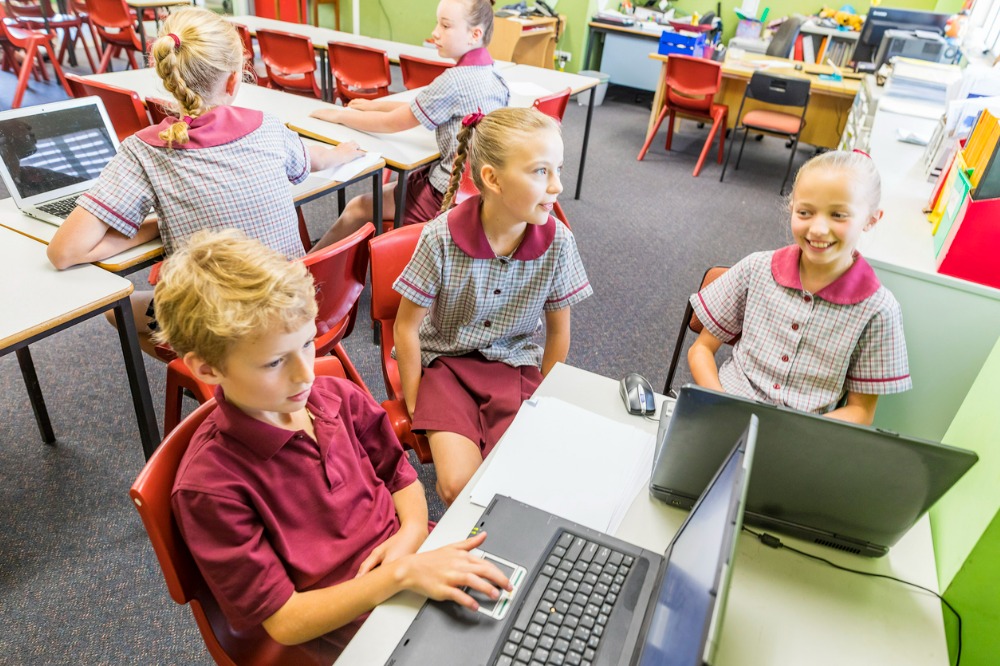
Australian families are spending significantly more on private school education compared to those in many other countries, according to recent data from the Organisation for Economic Co-operation and Development (OECD).
This trend is raising concerns about its implications for the education system, as highlighted by Emma Rowe, a senior researcher in the School of Education at Deakin University.
Rowe's analysis of the latest OECD education data underscores the financial contributions from private sources, including households, towards school education costs. While the data does not distinguish between government, independent, or Catholic education, it references "private schooling."
On average, private sources contribute 10% to primary education across the OECD. In Australia, this figure doubles to 20%, placing the country fourth among 40 nations. For upper secondary education, OECD households contribute an average of 9% of total school funding. In contrast, Australian households provide 21.4%—only surpassed by Hungary and Türkiye. To put things into context, the United Kingdom provides 16%, New Zealand 6.5%, and Finland 0.4%.
“Australians contribute so much to the costs of their childrens’ education because so many students go to private fee-charging schools. This proportion is much higher than other OECD countries,” Rowe said.
This is supported by data from the Australian Bureau of Statistics (ABS), which shows that 36% of Australian students are enrolled in non-government private schools, while the remaining 64% are in public schools.
Enrollment disparities are notable between primary and secondary levels, with 69% of primary students in public schools compared to 58% at the secondary level. Additionally, private school tuition fees are on the rise, reaching nearly $50,000 annually per child at some of Sydney's most expensive senior schools. This user-pays approach extends to public education, where parents are often asked to contribute to school facilities, resources, and even basic items like uniforms.
According to Rowe, Australia's private schools receive government funding without restrictions on tuition fees or student enrollment criteria. This is uncommon among OECD countries, where private schools receiving government funds are generally prohibited from charging tuition fees. High fees can act as a barrier, predominantly enrolling students from wealthy families, a practice known as “cream skimming.”
Such phenomenon allows schools to enhance their image by attracting students from high socioeconomic backgrounds without necessarily improving educational quality. Rowe noted: “As my 2017 research has shown, a key factor for parents choosing a school is who their child’s peers will be. Wealthy families tend to choose schools with children from similar backgrounds.”
International studies suggest that high-performing school systems are also equitable, offering quality education to a broad range of students, not just those who can afford it. For Rowe, the financial burden on Australian families indicates a need for discussion on regulating private school fees and government funding in Australia.
“We know some other countries do not allow private schools to receive government funds and set their own fees. While this debate would be a controversial one, it does suggest we need to have a serious conversation about how private school fees are regulated in Australia,” Rowe said.


